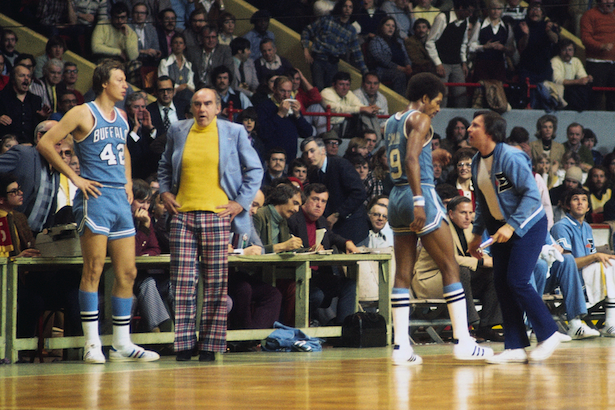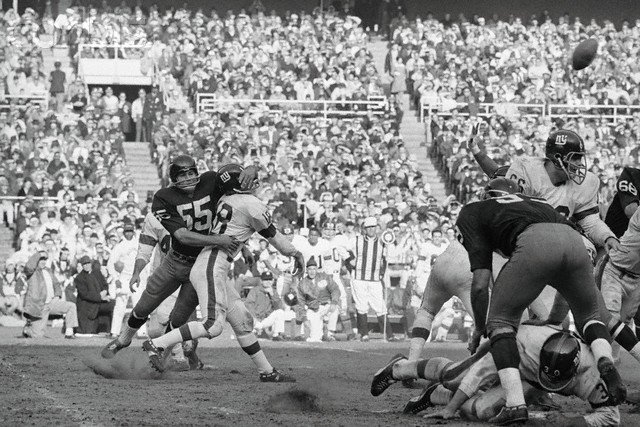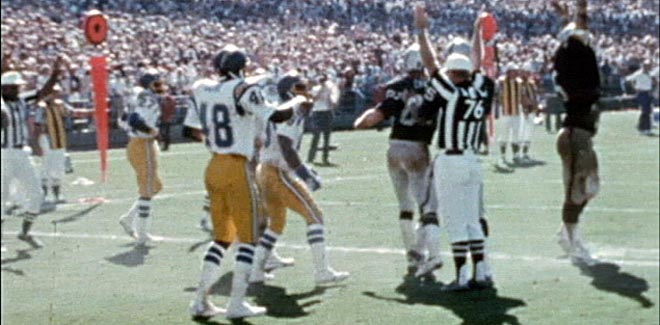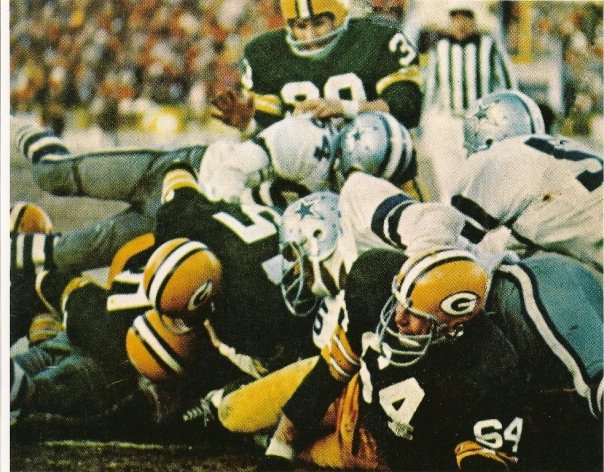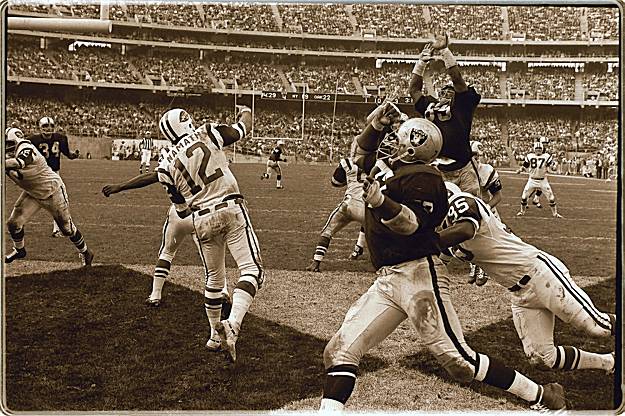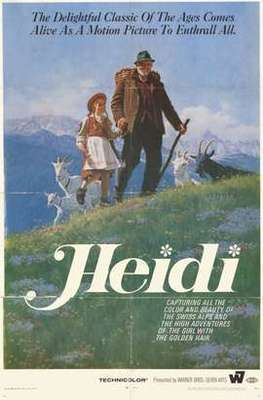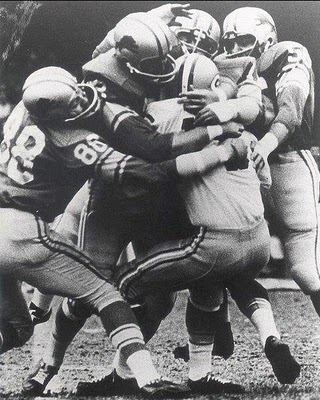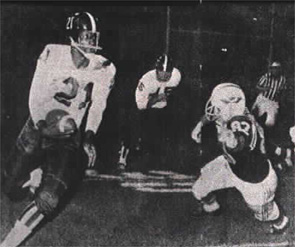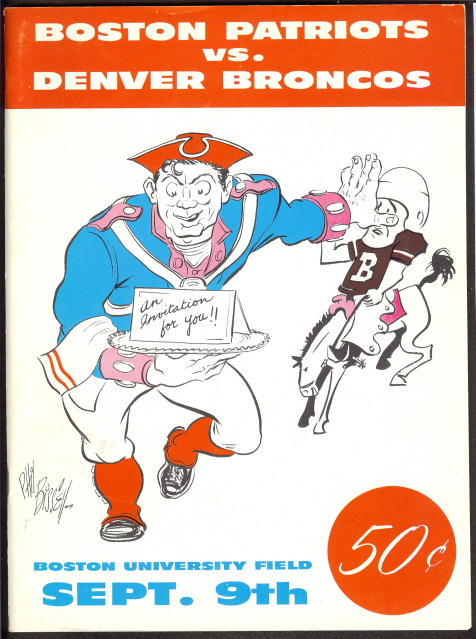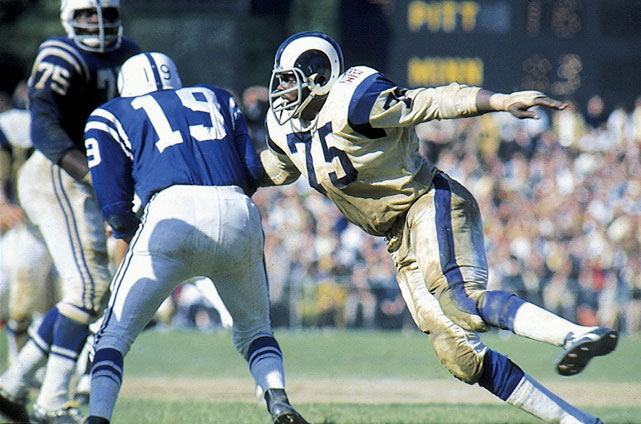Jack Ramsay coaching the Buffalo Braves in the 1970s
I was saddened to hear of the recent death of former NBA coach Jack Ramsay, one of the league’s classiest people who had a Hall of Fame coaching career, and was a tremendous ambassador for the game as a game analyst for ESPN after his coaching days were over. After coaching in college at St. Joseph’s, Ramsay was hired as general manager of the Philadelphia 76ers in 1967, and the team won the NBA title in his first year in the front office. Ramsay moved down to the bench to coach the team in 1968, and led them to the playoffs in 3 of the 4 years he served in that capacity. He made some unpopular moves as GM, however, trading away stars Wilt Chamberlain and Chet Walker. When the team had a major collapse in 1971/72 and missed the playoffs for the first time in franchise history, Ramsay was let go. He landed on his feet, however, taking over as coach of the Buffalo Braves, who were entering their third year of existence. It’s the four years he spent as Braves’ coach that are my most fond memories of Ramsay, prowling the sideline decked out in his loud, typical ’70s outfits. He developed young stars like Bob McAdoo, Randy Smith, Kenny Charles and Ernie DiGregorio, and blended them together with savvy veterans like Jim McMillian, Garfield Heard and Jack Marin and turned out an exciting, fast-paced club that qualified as playoff contenders by that third year. The Braves were one of the NBA’s most dynamic teams for a short period of time, but when owner Paul Snyder decided to sell the team to former ABA owner John Y. Brown, the bottom quickly fell out and the franchise was eventually relocated to San Diego and renamed the Clippers. Although the Braves’ final days were messy – they traded away stars and fan favorites like McAdoo and Adrian Dantley, then threatened to move if fans didn’t support the shell of a team that was left – one positive thing did come out of the wreckage. Ramsay moved on to Portland, where he put together a championship team built around superstar Bill Walton, that played unselfish basketball and played the game the way it’s supposed to be played. In fact, Ramsay’s teams in both Buffalo and Portland played an exciting, fast break brand of basketball that emphasized defense, passing and hitting the open man, a style that you rarely see in today’s three point shot, clear the floor for the superstar, dunkfest brand of basketball.
Ramsay, even well into his 80s, had a reputation for being physically fit and enthusiastic about life. He was always very insightful and fun to listen to as an analyst, but in May of 2013 was forced to leave that job in order to begin treatment for cancer, which eventually took his life on Sunday.
